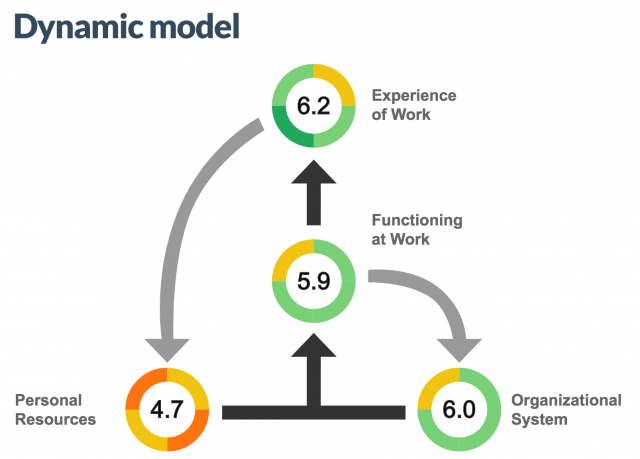COVID-19 is spiking, Oregon’s Governor Brown just declared a two-week freeze, and businesses are scrambling to determine what the 2021 landscape will look like. Some predict the virus’s spread will worsen and further shutdowns will be necessary, while others anticipate a return to quasi-normality following the introduction of a vaccine. In any case, uncertainty is the name of the game.
As a leader, you need to be prepared for not just the present, not just what’s around the corner, but what lies beyond the foreseeable future. Instead of lamenting potential revenue losses during these fragile times, begin to think of this pause as an opportunity to deepen your and your team’s knowledge, skills, and vision so your company is resilient enough to withstand and even triumph during times of crisis.
To give your organization the best chance of surviving—and thriving—you need to focus on your own growth, sanding down the rough edges while equipping yourself with a toolkit for success.
Co-Active Coaching
Executive coaching can take you there … but not just any type of executive coaching. Capiche leans on co-active coaching techniques like those taught at the Co-Active Training Institute, which emphasize clarity of communication, conversation, awareness-raising, and concrete actions.
A co-active leadership coach partners with you to reveal your strengths and push you toward greatness. Together, you will identify problem areas and strategies for addressing those weaknesses. Be prepared to be inspired—and held accountable.
Are You Ready?
Before you dive in, ask yourself, Are You Ready to Be Coached? Don’t fool yourself—the co-active coaching process is hard work. But that hard work yields exceptional results.
Growth can be painful. It may require you to examine aspects of yourself you’d rather leave hidden. Exposing those vulnerabilities, however, can divest them of their power over you and enable you to rise above them.
Co-active coaching is a creative, experimental process. You need to enter it with an open, willing mind to fully benefit from the experience.
You also need to let go of perfectionism—waiting for the perfect moment to start, the perfect moment to pursue a new idea, the perfect moment to resolve issues that have been festering underneath the surface. The perfect moment is NOW.
What Do You Get Out of Co-Active Coaching?
Honing your emotional intelligence (EI), strengthening your willpower muscle, developing true grit, deepening your humility, heightening your sense of responsibility—all of these occur as part of the co-active coaching process and ultimately result in your becoming the finest leader you possibly can be.
Perhaps the best-known executive coach in the world, Marshall Goldsmith has conducted extensive research on what drives leadership success. As discussed in this Capiche blog post, the level of employee engagement is not the responsibility of the employees but rather their managers. It is when leaders accept that responsibility that their team begins to mirror that behavior back. You need to model the type of person you would like your team members to be.
Is it worth the effort? If you care about your company, your team, and yourself, then the answer is an emphatic “Yes!”
In this Forbes article, business thinker and author Erika Andersen outlines the following benefits of executive coaching:
- It helps you see yourself more clearly.
- It helps you see others more clearly.
- It teaches you new ways to respond.
- It illuminates how to leverage your existing strengths.
- It enables you to build more productive relationships.
- It gives you the tools to achieve what you want.
It’s Time
So you’re convinced. You realize it’s time to stop procrastinating and to commit to co-active coaching. How do you find the right fit for your personality, needs, and goals? Read this blog post for starters. Then contact Chris Cook at chris@capiche.us or 541.601.0114 to schedule a complimentary phone or video consultation so you can discover if she is the right co-active leadership coach for you.
















